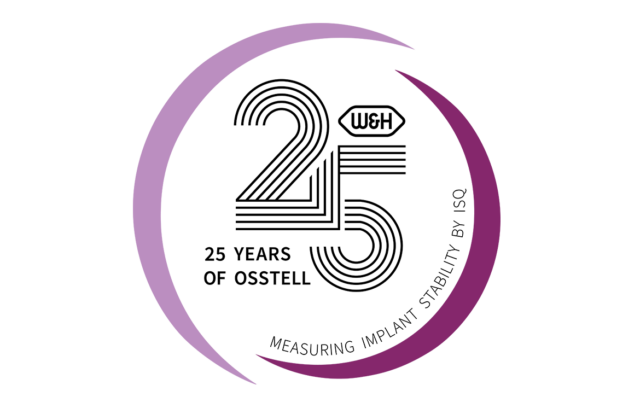
The Correlation Between Immediate Implant Insertion Torque and Implant Stability Quotient
Dec 22, 2016
Int J Perio Restor Dent 2016;36833-840
Barry P. Levin, D.M.D.
Implant stability is commonly measured by the amount of force required to fully-seat the fixture into the osteotomy. This is the peak insertion torque value (ITV).This measures the implant’s rotational stability. Another commonly-used method to quantify stability is resonance frequency analysis or RFA, which is expressed numerically with the Osstell unit as the implant’s stability quotient (ISQ). ISQ measures the implant’s stiffness, the stiffness of the surrounding bone and the rigidity of the implant-bone union. The latter measurement is repeatable, as the former is a one-time-only measurement.
Immediate implants, particularly non-molar implants differ from those placed in healed sites. These implants achieve stability apically and laterally to varying degrees. There is seldom significant contact with cortical bone at the crest of the ridge. Interestingly, these implants are frequently used for immediate temporization in the esthetic zone. Investigators cite minimal ITV for immediate provisionalization, often requiring modification (under-sizing, bone-condensing, etc.) of osteotomy preparation to achieve higher insertion torque values. This may or may not be deleterious to the healing process.
This study consisted of 59 consecutively placed, non-molar immediate implants in 52 patients. No deviation from the manufacturer’s recommended osteotomy preparation was performed. The study also included a subset of 13 patients receiving 14 immediately temporized implants.
The results of the study demonstrated a wide range of ITV, from 20-50 Ncm, with a mean value of 28 Ncm. The mean ISQ value for these 59 immediate implants was 68. The Pearson correlation coefficient between ITV and ISQ was 0.06 and no linear correlation was observed. This was also the correlation at follow-up periods of either 6-8 weeks or 10-12 weeks, again suggesting no linear correlation between ITV and ISQ.
The subgroup of 14 immediately-provisionalized implants, demonstrated a negative, but non-significant correlation at follow-up. All 14 of these implants osseointegrated and were restored without delays in treatment. These 14 implants had a mean ITV of 23 Ncm and ISQ of 69 at placement.
There are several pertinent points of this study related to clinical practice. First, ITV alone is not always a sufficient measurement of implant stability in immediate, non-molar sites. The two parameters evaluated in this study, ITV and ISQ, measure different aspects of primary stability for immediate implants and both should be taken into consideration, especially with immediate temporization. Also, insertion torque value can only be measured once, and it is not possible to follow up with secondary values. ISQ measures, however, are repeatable and can be measured at time of immediate implant placement and at follow-up time points to confirm secondary stability (osseointegration) and referral for restorative therapy. Another interesting point is that if higher ITV was a requirement for immediate temporization, only two of the 14 implants would have been treated in this manner, (only two immediately-temporized implants reached ITV’s greater than 25 Ncm with a mean ITV was 23.2). The mean ISQ however was 69.4, with a range of 61-78.5. Since all 59 immediate implants osseointegrated, the importance of ITV is questionable as a predictor for these types of cases to be successful.

